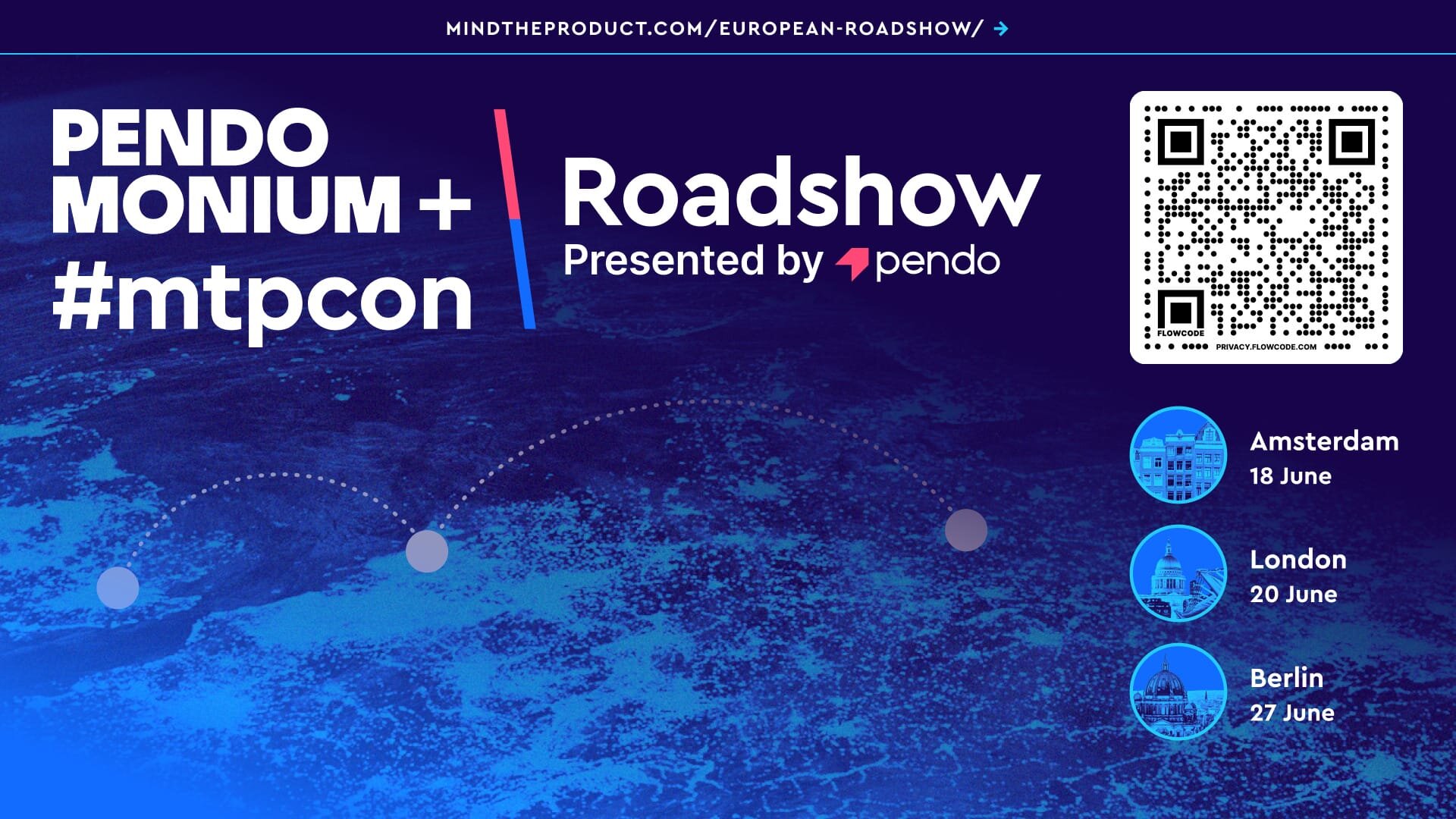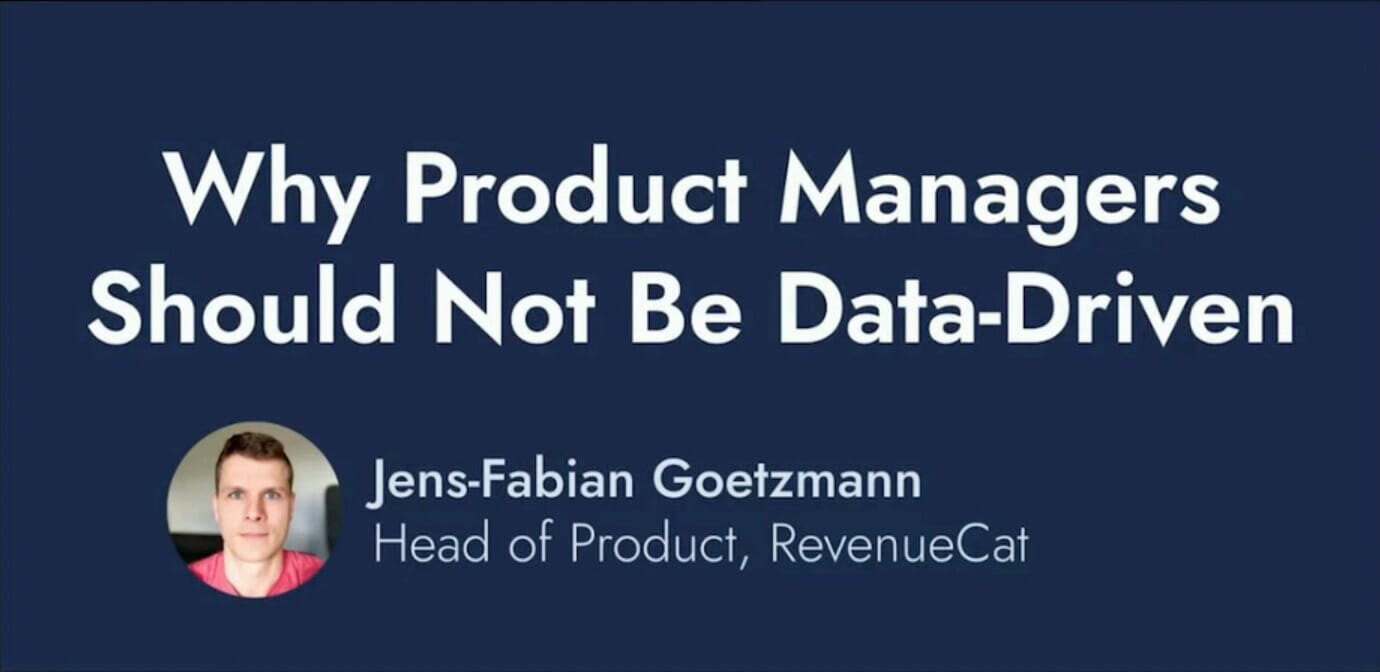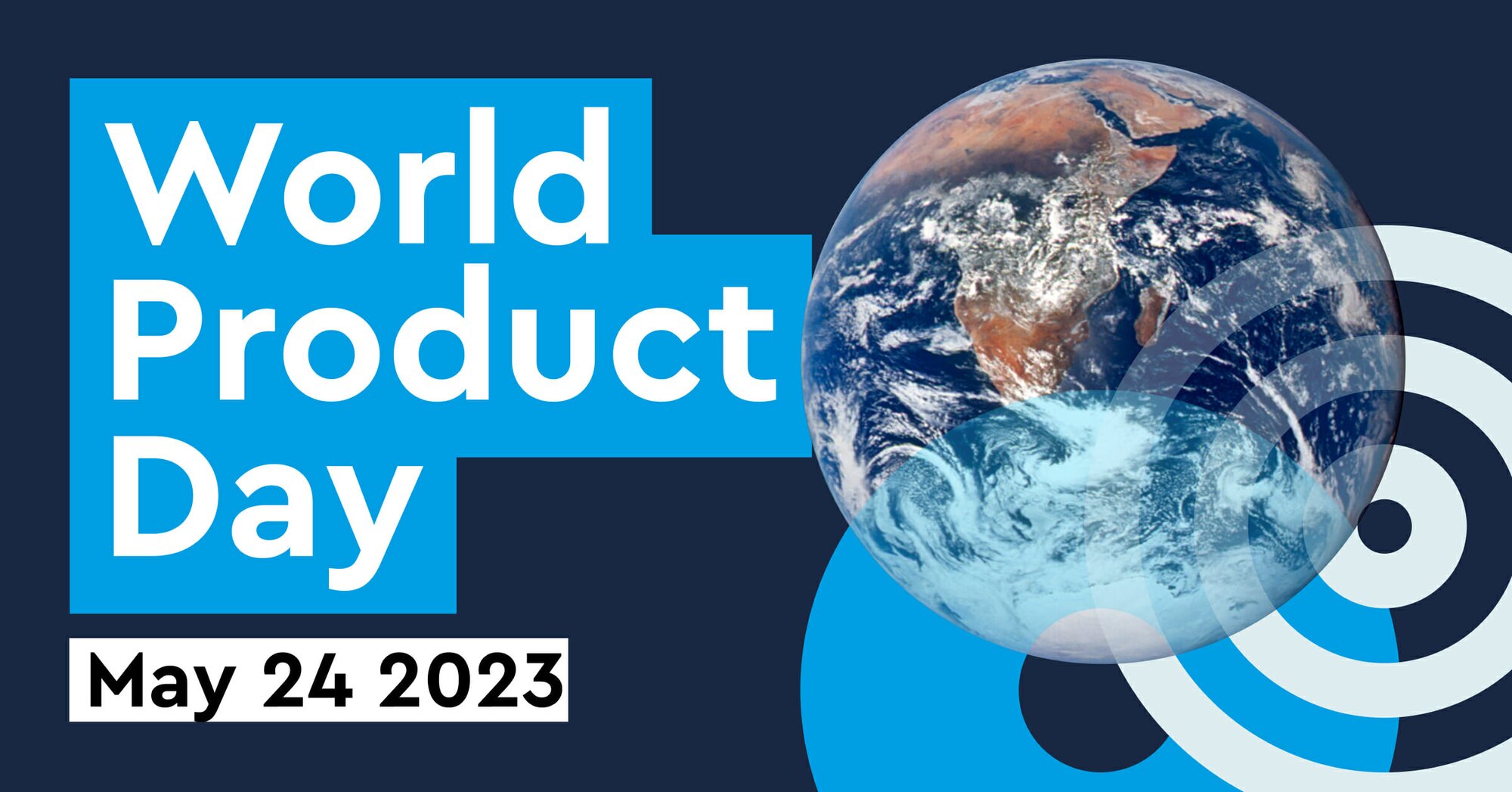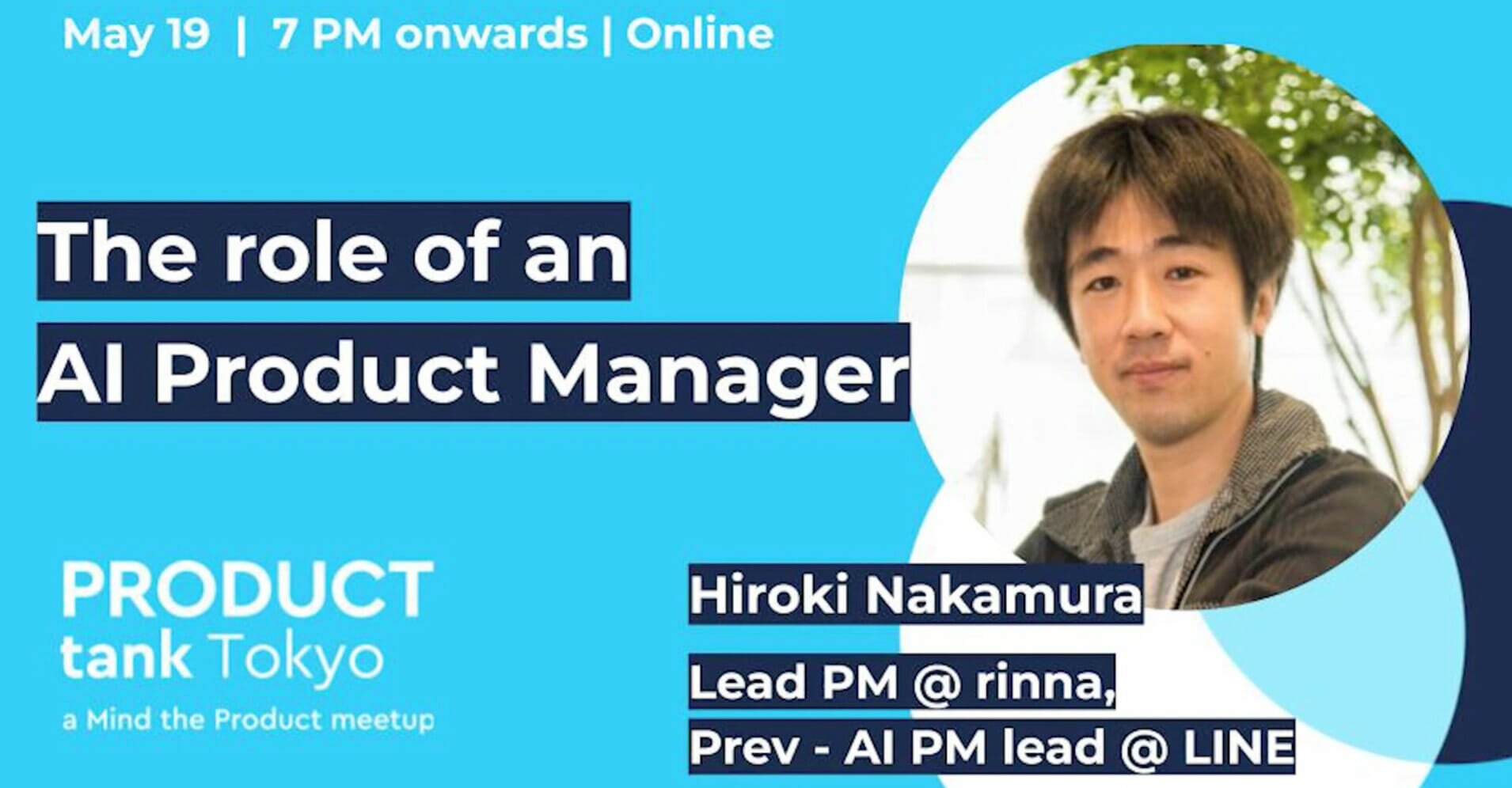In this ProductTank Exeter talk, Paul Boag, Founding Partner of Boagworks, provides some useful information for how product managers should go about promoting the products they’ve built without adopting less than savory techniques.
Watch the video to see Paul’s talk in full or read on for an overview of his key points:
- What is a dark pattern?
- Reasons against dark patterns
- Alternatives to dark patterns
What is a dark pattern?
A dark pattern is an element of UX design that relies on certain facets to influence buyer behavior—for example, introducing an element of scarcity to increase the likelihood of a purchase. As Paul explains, these dark patterns can manipulate people into doing something they wouldn’t normally do.
Reasons against dark patterns
While dark patterns can promote user behavior that may seem beneficial to a company’s bottom line, Paul advises product people to avoid using them for a few reasons.
Consumers are savvier and also spoilt for choice. People are more aware that dark patterns are being used against them; they simply ignore them. As Paul points out, larger businesses may be able to get away with this but can leave a sour taste in the mouth.
One disgruntled customer can ruin a brand. By leaving bad reviews or using more creative methods, such as Paul illustrates in the talk, customers have much more power and reach that can negatively impact a brand than many realize.
Buyer’s remorse can lead to heavy costs. While dark patterns may seemingly provide some benefits, the cost of manipulating people can quickly get hidden in silos and other departments.
Alternatives to dark patterns
Paul provides some alternative pathways so that product managers can avoid using dark patterns:
Address objections and risks. Don’t avoid the risks associated with your product, such as signing up for a newsletter or answering questions about product quality. Instead, embrace them with answers to common questions.
Defeat cognitive load. Simplify the user interface to reduce the cognitive load that adds to the overwhelming feeling for customers.
Establish trust and overcome cynicism. Be as open and transparent with customers by demonstrating empathy, using social proof, and telling stories.
Make it fast. Try to improve digital product performance and speed because of its impact on site visitors and your reputation.
The key takeaway from this talk is that Product Managers can find less manipulative ways to promote and market their products without succumbing to cheap tricks that ruin the user experience.
Enjoy more from ProductTank
ProductTanks are informal meetups, created by Mind the Product, to bring local product people together and to enable speakers to share amazing product insights. Today we have ProductTanks in more than 200 cities across the globe and there’s probably one near you.
Learn more about ProductTank – find your local meetup, explore more ProductTank content, see the latest ProductTank news, and discover ways to get involved!






